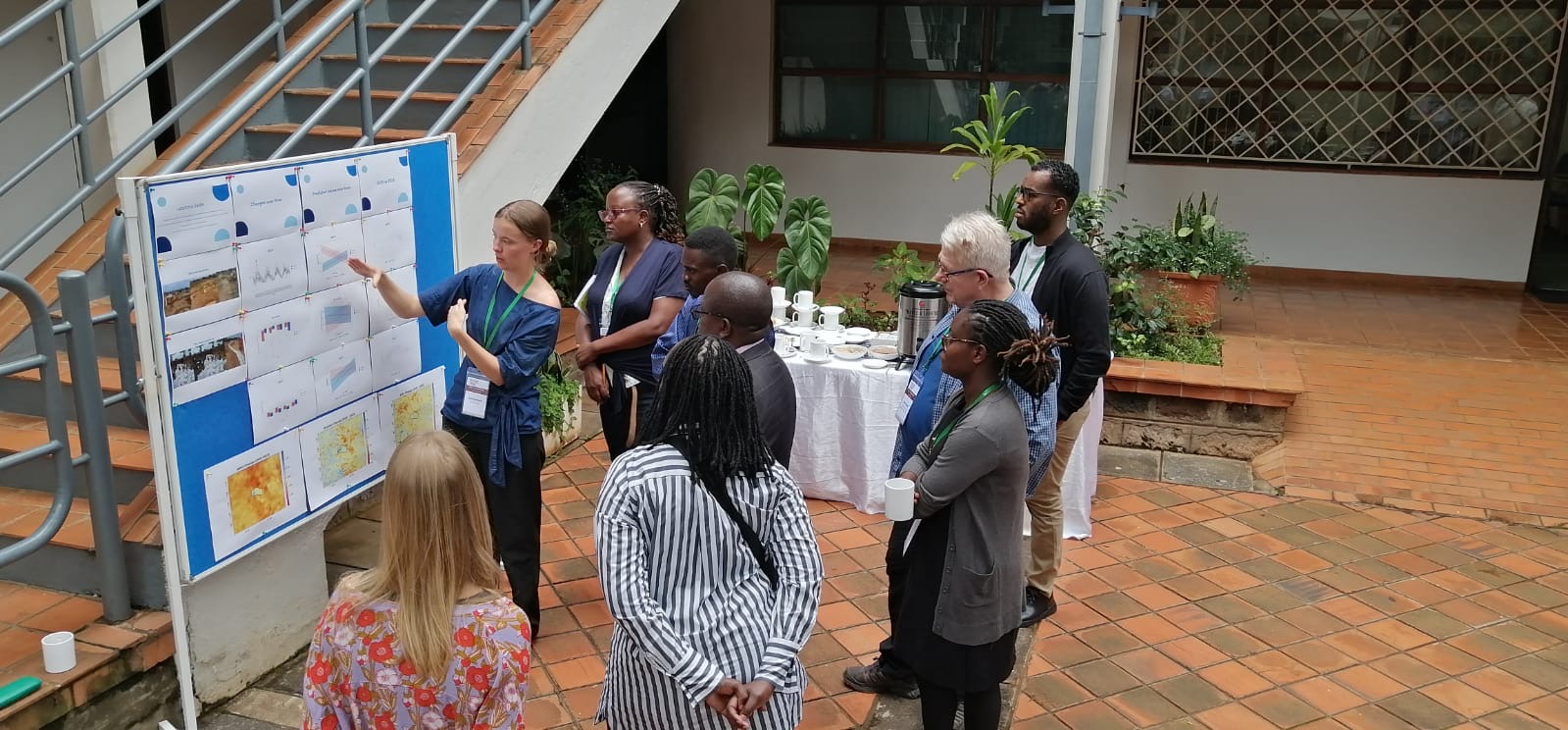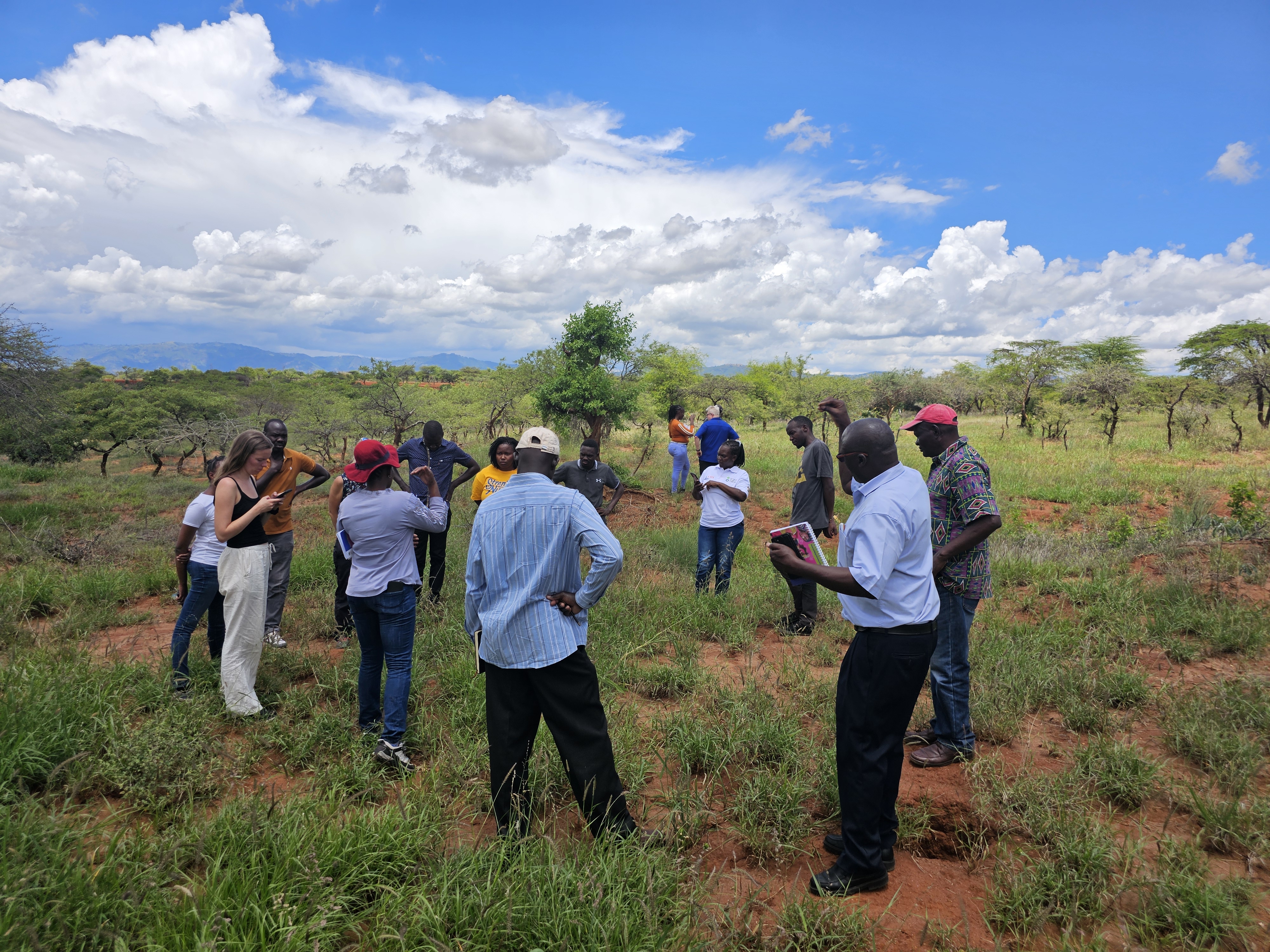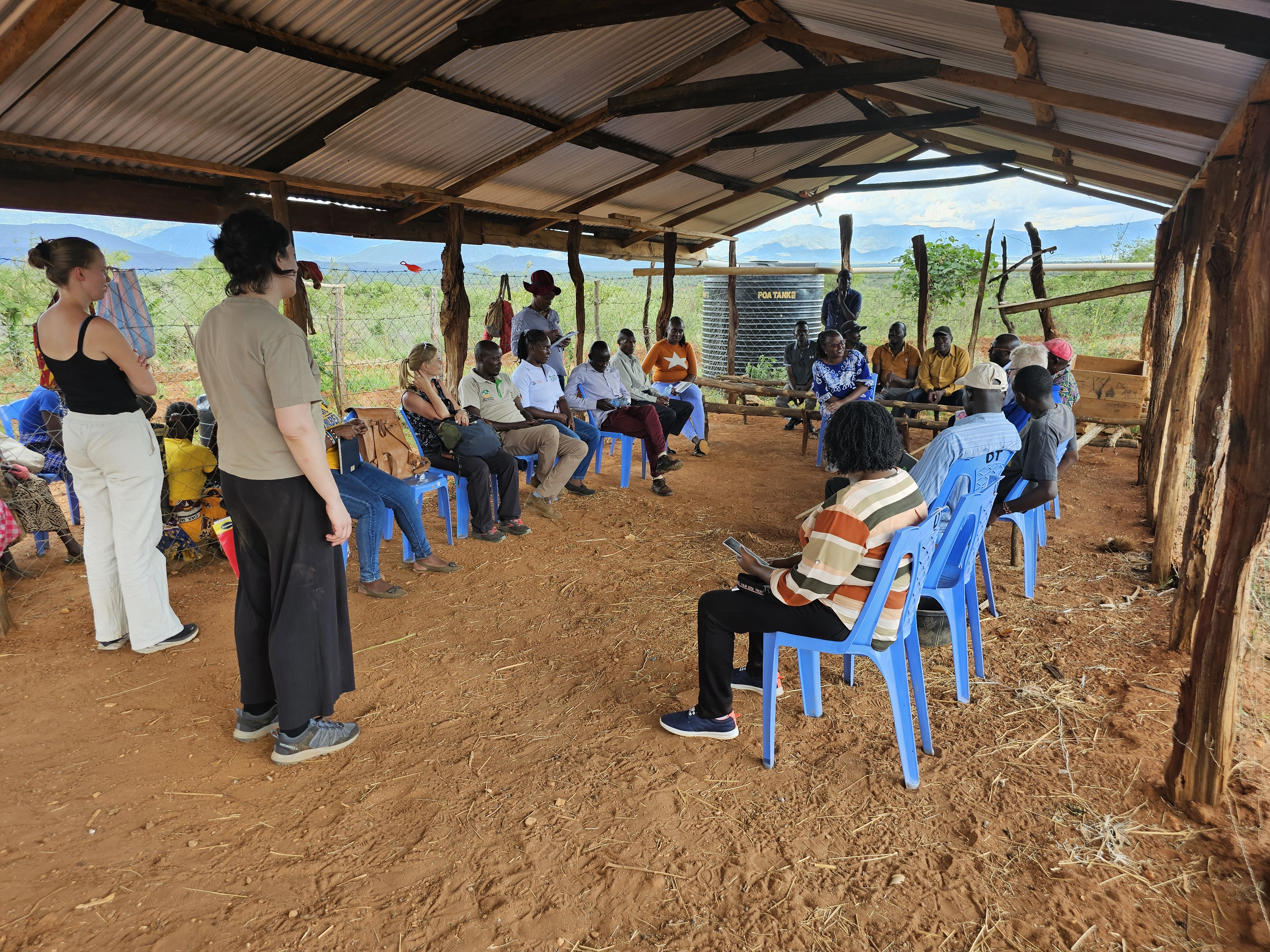This spring, I completed my master's thesis for the “Sociotechnical Systems Engineering” engineering program at Uppsala University in collaboration with Drylands Transform and Restore4More projects. I discovered Restore4More and Drylands Transform through the SLU website and was captivated by the complex and interdisciplinary problem of land degradation, which was new to me. This issue requires a combination of data collection and analysis and social solutions to be effectively addressed. During my studies, I developed an interest in GIS and remote sensing, and I wanted to use my thesis to deepen my knowledge in these areas. Therefore, I conducted my thesis in collaboration with the Spatial Data Science and Applied Learning Lab (SPACIAL) at ICRAF Headquarters in Nairobi, Kenya. After meeting with the team at SPACIAL, we decided that my thesis would focus on assessing whether the restoration work conducted under the Drylands Transform project in the Chepareria Livestock Café (West Pokot, Kenya) has had a positive impact on land health, as no data analysis had been conducted since the project's start in 2021. To address this, I studied three key indicators of land health: soil organic carbon, vegetation cover, and the prevalence of severe erosion.
Immersing Myself in the Subject
The first month of my thesis was spent in Uppsala conducting the literature review, which gave me valuable knowledge about the potential of restoration to improve society and the climate. I learned about the causes and consequences of land degradation and realized that this issue is particularly severe in drylands, which are heavily impacted by climate change and poverty (IPCC, 2019). It also became clear that mapping land degradation patterns could facilitate effective land restoration (Winowiecki et al., 2018). The lack of rangeland health monitoring remains a significant bottleneck for evidence-based restoration work, especially in rangelands (Vågen et al., 2016). While the effects of restoration interventions can be partially observed visually in the Livestock Cafés, data and analysis are necessary to provide concrete evidence of changes and to measure them with greater accuracy.
Starting Data Analysis at ICRAF's Spatial Data Science and Applied Learning Lab (SPACIAL) in Nairobi
A month into my thesis, I traveled to Nairobi and spent the next two and a half months at ICRAF's SPACIAL unit. There, I learned a lot about remote sensing from my colleagues, which was relatively new to me. This gave me valuable insights related to my work and a broader understanding of the issue than I could have ever gotten from home. Many people visited the office to learn about SPACIAL's work, and I met individuals from various countries working on restoration's social and technical aspects. Additionally, I learned about the diverse activities ICRAF is involved in and attended seminars on topics ranging from monkey behavior to the functions of different grass species, further deepening my interest in dedicating myself to this field in the future.
At ICRAF, I carried out all my data analysis, which revealed that the restoration work has positively impacted soil organic carbon, reduced erosion, and increased vegetation cover since its implementation in 2021. I was surprised by the significant results, especially considering the project's relatively short duration.
I hope my work will also be applied in a broader context, studying the remaining Livestock Cafés over a longer period as the project progresses.
Concluding the Time in Kenya with the Restore4More Workshop
My time in Kenya ended with the Restore4More workshop, during which Restore4More was launched. I had the opportunity to meet representatives from all the partner organizations, who shared many exciting perspectives during discussions and presentations of their work. I also presented my work to the participants and received valuable feedback, which I incorporated into my thesis.

Presenting the results from my thesis during the Restore4More workshop. Photo: Aida Bargués-Tobella.

Participants of the Restore4More workshop. Photo: Kelvin Muchiri / CIFOR-ICRAF.
The workshop ended with a visit to the Livestock Cafés in Chepareria. It was fascinating to see the area in person, and even though I had observed a clear improvement in the data, I was still surprised to see the stark difference between the inside and outside areas when we arrived.

Visiting the Chepareria Livetsock Café. Photo: Aida Bargués Tobella
On the final day, we held a seminar with the local community, where we heard from those directly affected by the project. These insights were invaluable for writing my thesis. I also presented my results to the caretaker, who was delighted to see that her work had yielded such clear results quickly.

Seminar with the local community. Photo: Elizabeth Wanjiru Githendu





